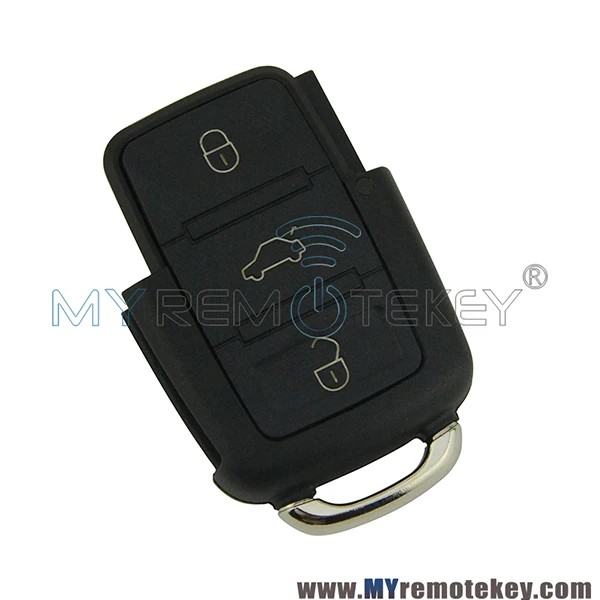VCDS, formerly known as VAG-COM, is a powerful diagnostic and programming tool for Volkswagen, Audi, Seat, and Skoda vehicles. This software allows you to access and modify various control modules within your car, enabling functionalities like key coding, adaptations, and troubleshooting. This article delves into the world of VCDS programming, focusing on key coding and addressing common questions.
Understanding VCDS and its Capabilities
VCDS software, coupled with a compatible diagnostic interface cable, allows direct communication with your car’s onboard computer systems. This opens up a wide range of possibilities, from reading and clearing fault codes to adjusting comfort settings and even performing complex coding procedures. One common use case for VCDS is key programming.
 Image of a car key with a transponder chip.
Image of a car key with a transponder chip.
Key Coding with VCDS: Replacing a Damaged Key
If you have a damaged or lost car key, VCDS can be used to program a new key to your vehicle, often saving you a trip to the dealership. While the process may vary slightly depending on the specific car model and year, it generally involves accessing the immobilizer module within VCDS and adapting the new key’s transponder chip to the car.
Important Considerations for Key Coding
- Immobilizer: The immobilizer system prevents unauthorized starting of the vehicle. Programming a new key involves matching it to the car’s immobilizer.
- Transponder Chip: The transponder chip in the key communicates with the immobilizer. You’ll need a new key with a blank or compatible transponder.
- Key Fob Programming: While VCDS can program the immobilizer chip, it might not be able to program the remote locking functions of the key fob. This sometimes requires separate procedures.
Beyond Key Coding: Exploring Other VCDS Functions
VCDS extends far beyond key coding. You can use it to:
- Diagnose Fault Codes: Read and clear Diagnostic Trouble Codes (DTCs) to identify and resolve issues.
- Perform Adaptations: Modify various settings within control modules to customize your car’s behavior, like adjusting automatic window closing behavior or tweaking throttle response.
- Activate Hidden Features: Unlock hidden features that might be disabled by default in your car, such as enabling daytime running lights or adjusting the coming/leaving home lighting duration.
- Monitor Live Data: View real-time data from various sensors and systems to monitor performance and diagnose problems.
Seeking Expert Assistance for VCDS Programming
While VCDS offers a powerful suite of tools, it’s important to proceed with caution. Incorrect coding can potentially lead to malfunctions or even damage to your vehicle’s systems.
If you’re unsure about any procedure, consulting with experienced VCDS users or seeking professional assistance is highly recommended. Online forums, communities, and specialized workshops can provide valuable guidance and support for your VCDS programming endeavors.
Conclusion: Unleashing the Potential of VCDS
VCDS programming opens up a world of customization and control over your Volkswagen or other VAG group vehicle. From key coding to advanced diagnostics and adaptations, mastering this tool can empower you to maintain, troubleshoot, and personalize your car. However, remember to exercise caution and seek expert guidance when necessary. Understanding the power of VCDS programming allows you to harness the full potential of your vehicle.
